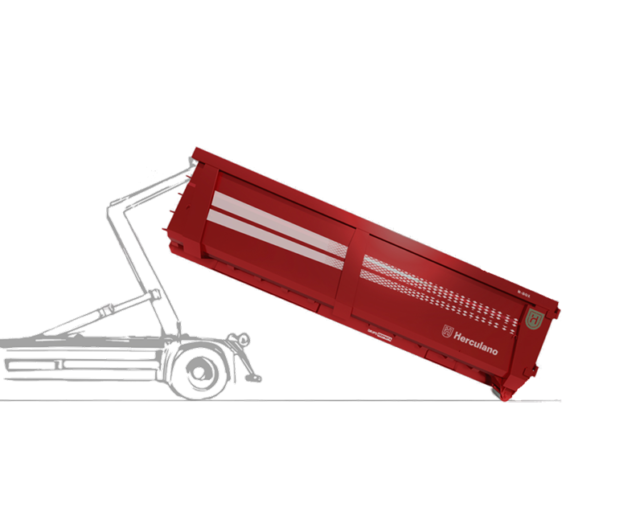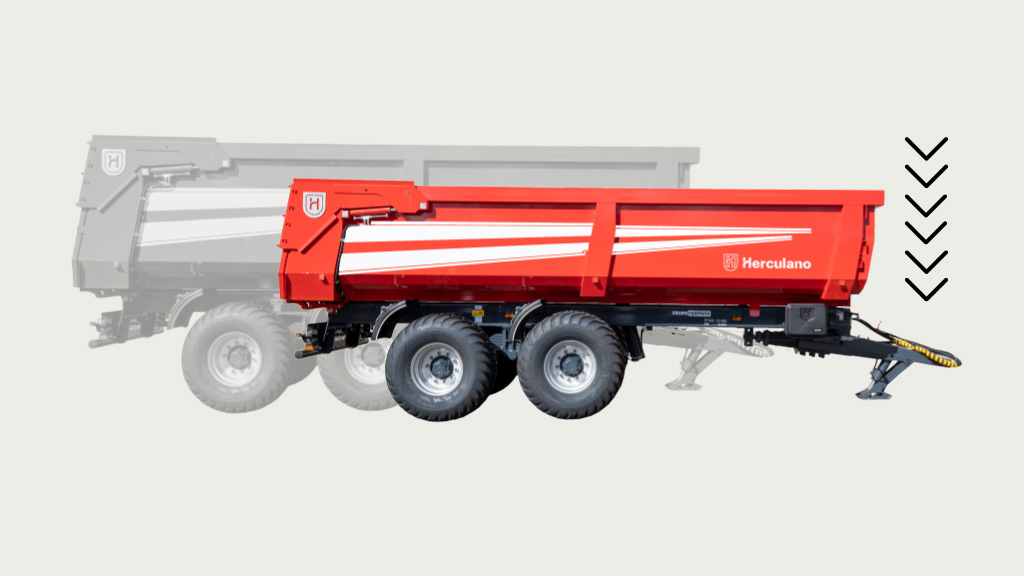O grande desafio do setor está intimamente relacionado com os últimos dados lançados pela ONU, que estima que até 2050 a população mundial aumentará entre 2 a 3 mil milhões (de 7 para 10 mil milhões) e de acordo com a FAO, este fator demográfico, aliado ao aumento do poder económico dos países subdesenvolvidos, irá duplicar a procura de alimentos o que exigirá duplicar a produtividade agrícola, já que é escassa a terra arável disponível. Esta necessidade de produzir mais com menos recursos, conduzirá, inevitavelmente, à intensificação dos sistemas de produção agrícola o que poderá originar maiores riscos de ocorrência de pragas e doenças, diminuição da fertilidade do solo e problemas ambientais tais como a contaminação, salinização e erosão do solo. Estes problemas só poderão ser mitigados através do recurso a tecnologias inovadoras com enfoque em processos com níveis de performance elevados, numa ótica de agricultura de precisão, a qual terá um impacto positivo sobre a eficiência de utilização dos recursos.
Portanto, o futuro irá exigir mais agricultura de precisão, impondo máquinas baseadas em tecnologia de automação de processos precisos capazes de aplicar os produtos na quantidade certa, no local exato e no momento certo e que ao mesmo tempo consigam avaliar e reportar o estado da cultura e do solo de acordo com os princípios da agricultura 4.0.
Entre os fatores que afetam a adoção da agricultura de precisão, podem enumerar-se:
– Empresários agrícolas: formação, idade, a capacidade de investimento, conhecimento informático, recursos humanos, aversão ao risco, dimensão, perspicácia;
– Tecnologia: percetibilidade dos ganhos, facilidade de operacionalização, custo de investimento inicial, dificuldades de interpretação dos dados obtidos.
– Outros: existência de prestadores de serviços, suporte competente e eficaz por parte dos fabricantes/vendedores, força do “sistema de inovação” /comunicação.
Entendemos por isso, que se deva avançar com um conjunto de medidas de desmistificação e incentivo à utilização destas tecnologias, tais como:
– Mudar o paradigma dos agricultores e ajudar na implementação de uma cultura mais profissionalizada que olha para o retorno do investimento. Então, em toda a tecnologia, a premissa é a mesma, o quanto vai impactar nos custos dele e se ele vai ter retorno. Tem que entregar um serviço relevante, que traga retorno sobre o investimento e que seja tangível. Para isto, é necessário investimento em estudos comprativos da situação atual e futura e jornadas de demonstração.
– É também primordial a formação aos utilizadores/Agricultores, transmitir o conhecimento e capacitá-los para esta nova era da agricultura. Mas isto tem de ser algo comandado pelo Ministério da Agricultura de uma forma estruturada adotando políticas de incentivo e criando redes e ecossistemas de partilha de conhecimento de competências entre todos os intervenientes.
– Fundar uma associação de fabricantes de máquinas agrícolas nacionais, que defendam verdadeiramente os interesses, necessidades e dificuldades reais do setor junto do poder político. Temos o exemplo da Ansemat em Espanha que é uma referência na representação das propensões dos fabricantes com um forte poder mobilizador junto das entidades políticas e com uma grande componente informativa e formativa para o setor agrícola Espanhol.
– Criação de linhas simples de financiamento direto aos agricultores para aquisição de equipamentos de agricultura de precisão, pois se empresas e os institutos tecnológicos estão a investir em tecnologia é necessário haver adesão nacional. A nossa equipa custa-nos muito desenvolvermos novos produtos (agricultura 4.0) que não são vendáveis em Portugal pois continuamos de forma generalizada na era da mecanização, temos de ultrapassar barreiras. Temos de começar por renovar o nosso parque de máquinas.
– Foco na questão da segurança (substituir tarefas potencialmente perigosas por robótica). Portugal é o terceiro país da União Europeia com mais acidentes com máquinas agrícolas. Mais de 350 vítimas mortais em cinco anos é o total que resulta dos acidentes com tratores em Portugal. Os dados reportam-se ao intervalo entre 2013 e 2017.
Na Herculano, acerca da revolução digital, foi um caminho que iniciamos há 3 anos e como ponto de partida começamos com uma análise da nossa estratégia e mercado (atual e futuro). Cedo percebemos que faltava uma peça para completar o nosso puzzle nesta caminhada e foi aí que apareceu o INESCTEC, numa primeira fase com um projeto isolado DPA, solução de débito proporcional ao avanço para as Cisternas e Espalhadores, foi uma fase de “namoro” para nos conhecermos e decidimos então avançar para o casamento com a celebração de um protoloco de parceria entre a Herculano e o instituto assinado na Agroglobal de 2018 com a presença do Ministro da Agricultura.
Posto isto, decidimos avançar com um novo projeto “Smart Fertilizers”, que consiste na Investigação e desenvolvimento de uma cisterna e de um espalhador inteligentes, a um custo competitivo, eficiente e versátil para utilização na agricultura 4.0 e com um claro contributo para o aumento da eficiência da operação de fertilização nas componentes ambiental, agronómica e económica.
A fertilização e correção orgânica dos solos hoje em dia, utilizando espalhadores de estrume e cisternas de chorume, são operações agronómicas realizadas com muito baixa eficiência em termos ambientais e económicos. Existindo, mesmo normativas europeias, tendencialmente mais rígidas, que exigem maior controlo nos processos de fertilização por forma a reduzir a quantidade de azoto aplicado.
Este momento que vivemos de escassez de matérias-primas têm forte impacto nos Fertilizantes artificiais que estão mais caros do que nunca. Devido aos altos custos, principalmente causados pelo aumento dos custos de energia, os fabricantes de fertilizantes estão a limitar a sua produção. Isso ameaça a disponibilidade de fertilizantes químicos para a próxima temporada. Há uma grande necessidade de haver uma alternativa sustentável, fertilizante orgânico, para garantir um crescimento ideal.
















